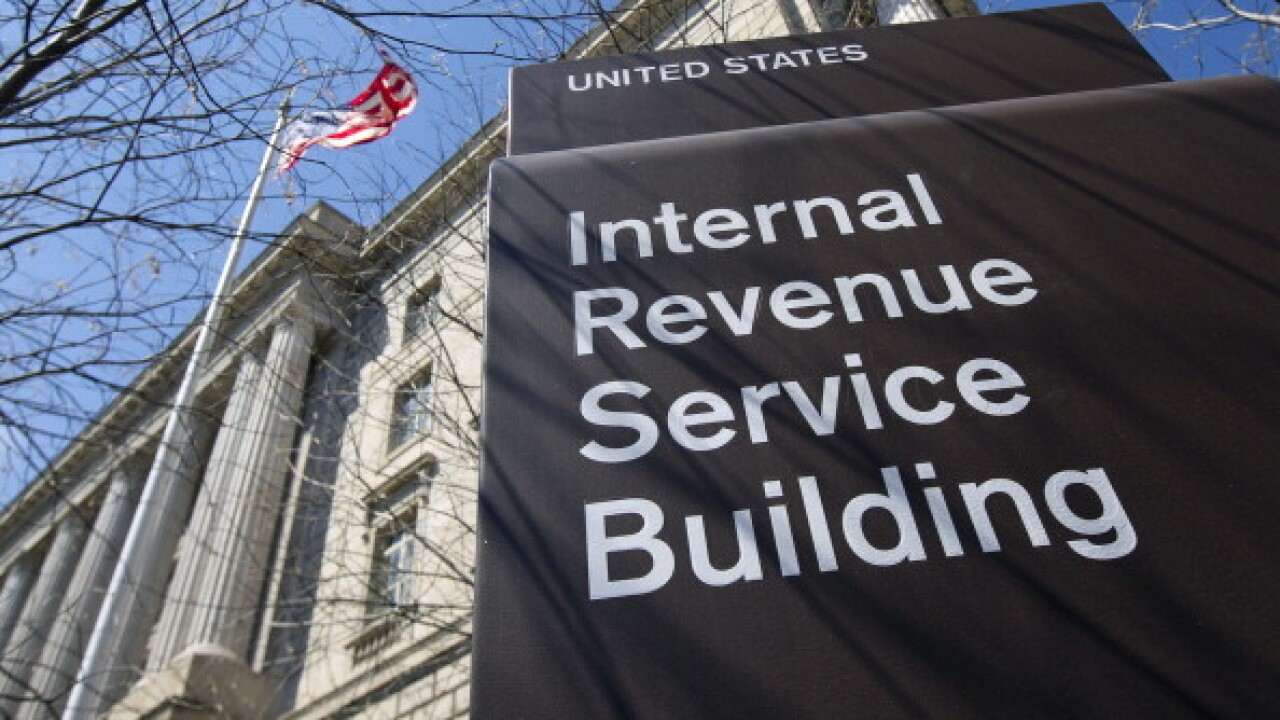George W. Bush's presidency will be remembered for many things - and if the president has his way, one of those things will be an overhaul of the venerable Social Security system.
As he kicks off his second term, President Bush has promised that fixing the Social Security System, which he recently termed as "flat bust" will be a priority.
However, a torrid battle with Democratic lawmakers is expected to ensue over Bush's oft-repeated calls to privatize the 70-year-old program.
In the months ahead, the nation can expect a flood of television commercials, newspaper commentary and statements from political pundits touting the pros and cons of Social Security reform, as the president has made it clear he plans to push for legislation this year.
At press time, he was expected to expand on his plan for reform at the Feb. 2 State of the Union address.
The problems with Social Security aren't new.
For at least 30 years, we've heard that the Social Security system as we know it will not be able to withstand the retirement of the Baby Boomer generation. Many younger Americans discuss alternative plans for funding retirement couched in the sentiment, "I'd better save plenty of money, because there won't be any Social Security left by the time I retire."
Many fear that what began as a social insurance plan for a Depression-weary country has morphed into a governmental Ponzi scheme.
Only a few decades ago, there were five workers for every Social Security recipient in the country; today the ratio is 3.3:1, and by 2042 - when the system is expected to reach crisis level if no changes occur between now and then - there will be a mere two workers supporting every retiree. Sometime in the next couple of decades, Social Security will begin paying more in benefits than it collects in taxes.
Social Security is funded by extracting some 12.4 percent of a worker's wages and sending it to current recipients. Currently, it takes in more than it sends out, but by 2042 the system is expected to have exhausted its surplus and be operating at a deficit. The Social Security surplus is currently parked in Treasury bonds. Those bonds would have to be redeemed by the Treasury, and presumably replaced with borrowed funds from somewhere else, perhaps creating another kind of economic upheaval.
Changing plans
The original Social Security law, signed by Franklin Roosevelt in 1935, promised an "account" for each worker, and included the guarantee that no worker would pay into the plan more than three cents on every dollar earned per year up to a maximum of $3,000.
The Social Security Administration, in its annual message to the public this year, stated, "The program continues to fail our long-range test of close actuarial balance by a wide margin. Projected OASDI [Old-Age and Survivors and Disability Insurance, a.k.a. Social Security] tax income will begin to fall short of outlays in 2018 and will be sufficient to finance only 73 percent of scheduled annual benefits by 2042, when the combined OASDI trust fund is projected to be exhausted."
In 2001, Bush appointed a bi-partisan 16-person commission to come up with reasonable, achievable alternatives that would result in a flourishing Social Security system that can outlive the Baby Boomers and keep on ticking long after that generation has collected its social welfare benefits and moved on to its final resting place.
Bush required that his panel stay within certain guidelines while formulating possible "Save Social Security First" scenarios. Among the guidelines:
* Benefits cannot be altered for current and near-retirees;
* Surplus Social Security dollars may only be used for Social Security;
* Payroll taxes for Social Security cannot be increased;
* Government must not invest Social Security funds in the stock market;
* Disability and survivor components of Social Security cannot be altered; and,
* Some sort of voluntary, individually controlled personal accounts must be part any recommended scenario.
The panel created three models based on these restrictions, and it is now up to President Bush and Congress to choose a plan people can live with. "The longer you wait, the more difficult it will be to be fixed," Bush has said. And while he has promised to make income tax reform part of his agenda this term, Bush has pushed Social Security reform to the front burner, ahead of any simplification of the tax code.
Thomas Ochsenschlager, vice president of taxation at the American Institute of CPAs, suggested that the final solution to mending Social Security might end up being a combination of several changes: "You do a little bit of each, raise retirement age, privatize, make it means-tested, raise the threshold a little."
The AICPA produced a white paper on Social Security in 1998, and is currently in the process of revising the document, updating statistics and adding a section on the possible effects of privatization. "There are pros and cons to privatization," said Ochsenschlager. "We wouldn't be taking a position on any of the alternatives - just explaining some of the advantages and disadvantages."
The AICPA's section on privatization will address the issue of putting some Social Security funds at risk. "The welfare system is something that is supposed to protect low-income people in their old age," said Ochsenschlager. "Putting some of that at risk would perform that function less efficiently."
He suggests that if reform includes an option for partially privatized accounts, many people, particularly those nearing retirement, would not take that option. "If I'm typical, everything I have for my retirement except Social Security is at risk," he explained. "So if you're talking about balance, your broker tells you that you need a certain amount of stocks, bonds, mutual funds - frankly, privatizing some of Social Security is kind of going in the wrong direction."
Ochsenschlager added that the AICPA is not against the idea of privatization. "We're trying to give balanced, objective positions. If I put on my trade association hat, I'd say we're probably fairly indifferent."
The Texas Society of CPAs has taken up the task of addressing the need for Social Security reform, and has published a document it calls "Securing America's Future Economy" - in which the issues at hand are clearly explained in layman's terms.
To put the matter in perspective, the TSCPA report stated that, based on current projections, if the system is left unchecked, by the year 2040 the federal government will be required to cut total spending by 60 percent or taxes will need to be raised to 2.5 times today's level in order to maintain anticipated Social Security benefits.
The TSCPA is calling on members of the accounting profession to help educate the public and members of Congress about how Social Security works and where the system is headed. The New York State Society of CPAs has joined with the nine largest state CPA societies to help carry out the TSCPA plan to assist public policy makers in creating solutions to the Social Security dilemma.
Reach out
* Contact your representative: www.house.gov/writerep/
* Contact your senator: www.senate.gov/general/contact_information/ senators_cfm.cfm





